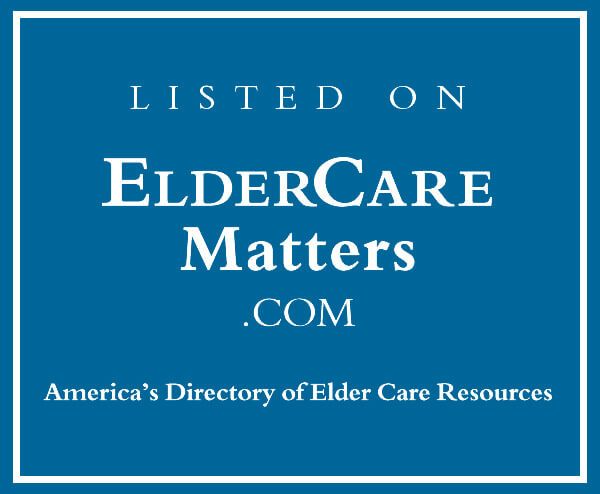
Life insurance is a contract between an individual and an insurance company. In this agreement, the company agrees to pay a predetermined sum of money, known as the death benefit, to the beneficiaries named in the policy upon the insured person’s death. The purpose of this payout is to replace the financial loss that would otherwise impact the beneficiaries due to the insured’s passing.
Most people start thinking about it when they get a full-time job and the human resources representative asks if they want to enroll in the employer’s group life insurance policy. They sign up, name a family member as the beneficiary of their policy, and then never give it another thought. Although it’s a solid starting point, it’s good to shift your perspective and recognize the true significance of life insurance.
There are numerous types of life insurance, and it can be well worth your time to become familiar with the primary varieties and know when to use them.
Which Type of Insurance is Best for Me?
1. Term insurance
Provides a death benefit to the insured’s beneficiaries in case of an untimely death, but only during a specified term or period. Let’s say the policy is for ten years, but the insured individual dies in the eleventh year, no death benefit will be paid to the beneficiaries. Because of this, term insurance is usually more affordable compared to other types of policies.
2. Whole life insurance
Has a fixed premium that remains the same throughout the entire contract and are generally more expensive than term insurances. The reason for this is that the insurance company sets aside a reserve to maintain the level premiums for the insured person’s lifetime. This reserve builds up as a cash value within the policy, which the policy owner can borrow against or cash out if they decide to end the policy before their death.
3. Universal life insurance
The amount of death benefits and cash value depends on various factors such as investments, expenses, and mortality rates that are included in the policy agreement. So, there is a bit of risk involved. This type of policy can offer higher death benefits and cash value over time, but if the underlying investments perform poorly and the cash value isn’t enough to cover expenses and costs, the policy may end.
4. Variable life insurance
It is similar to traditional whole life policies, but it gives the policy owner control over the types of investments underlying the policy. The cash value of the policy can be invested in stocks, bonds, real estate, and money market portfolios, allowing for potential growth. While the policy premiums are generally fixed, the cash value may fluctuate based on the performance of the underlying assets on a daily basis. Additionally, policyholders have the option to borrow a certain percentage of the policy’s cash value if they require cash for a specified period of time.
5. Variable Universal life insurance
A hybrid of variable life and universal life insurance, with many of the most desirable features of both types of insurance built into the contracts:
- flexible premiums
- adjustable death benefits
- control over the types of investments within the policy
- the ability to borrow against the cash value
- partial withdrawal rights
There are other types of unique life insurances that are suitable to different circumstances. Don’t hesitate to seek proper guidance. We can help you identify the right insurance policy to meet your specific need, and coordinate it with your estate plan. Insurance can be complex, but you don’t have to navigate it alone. Contact us today.







